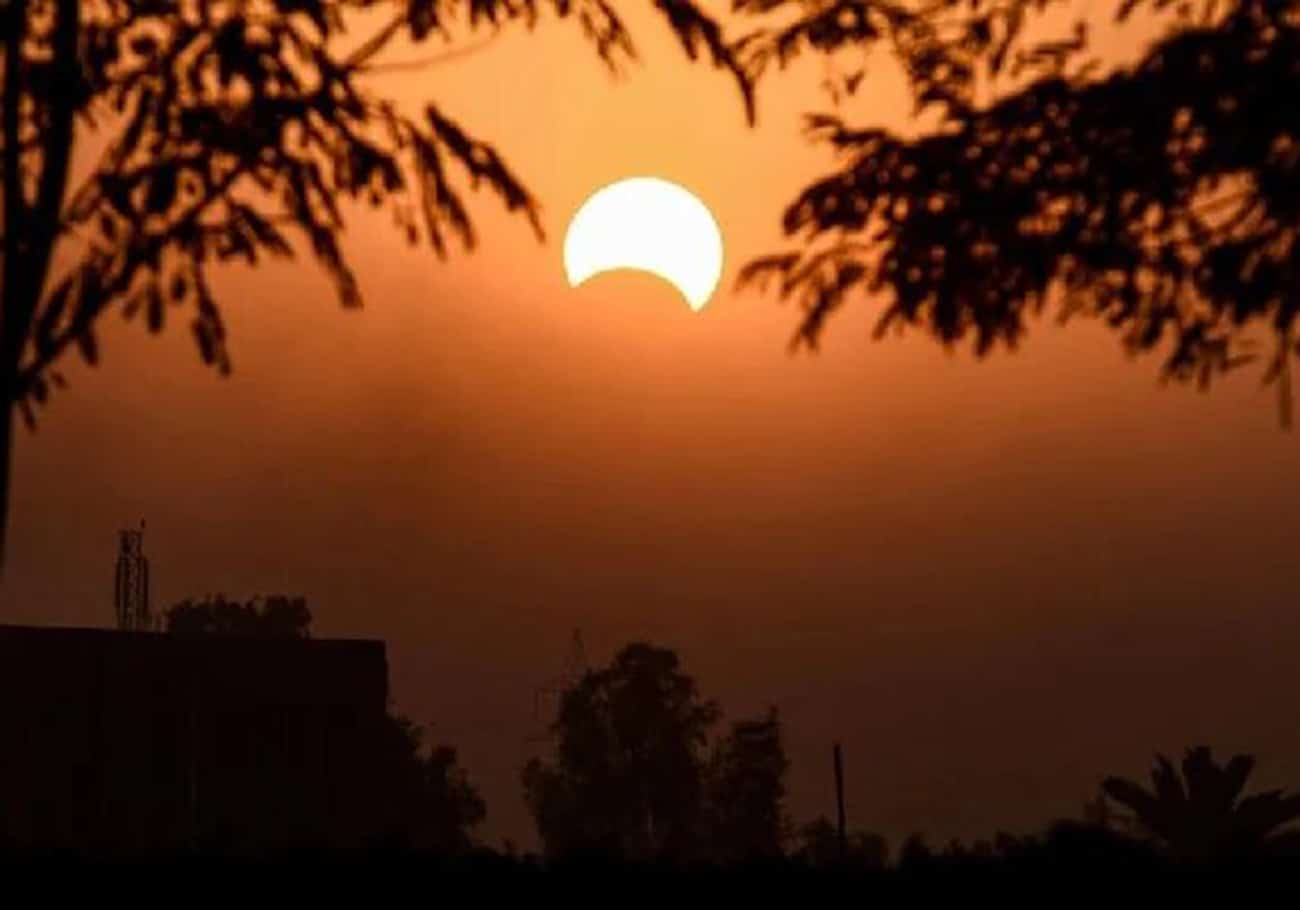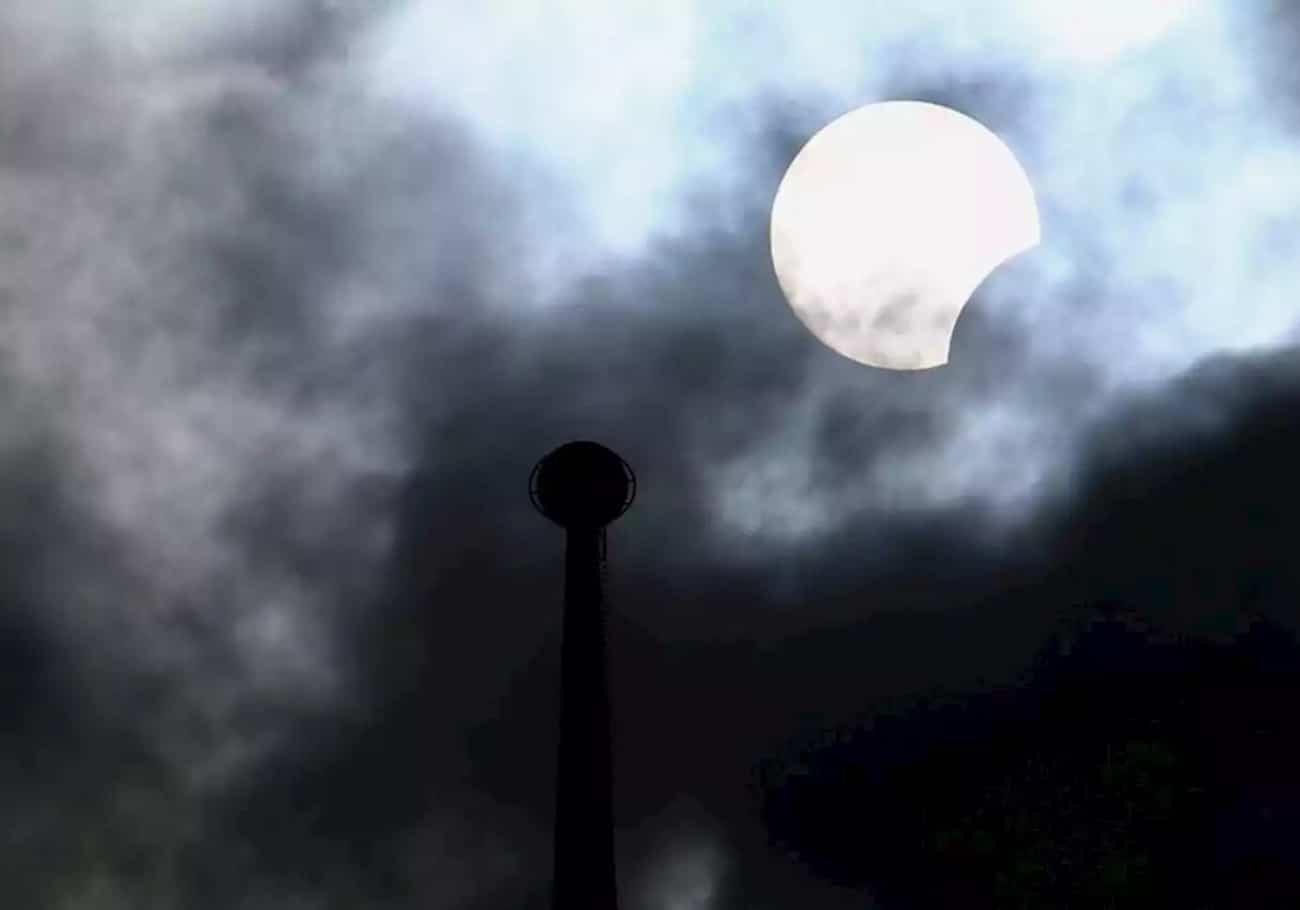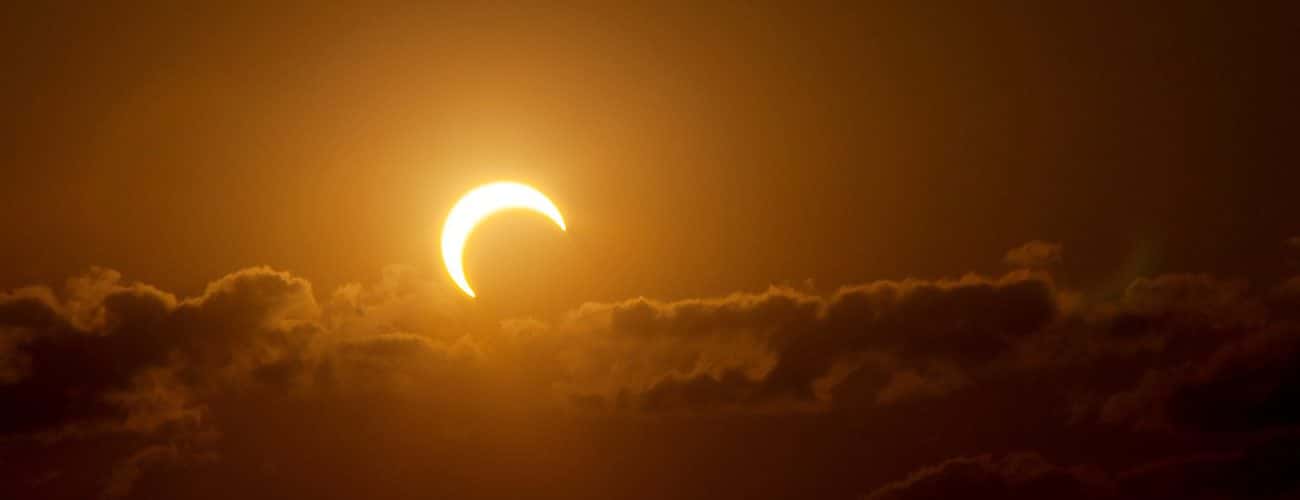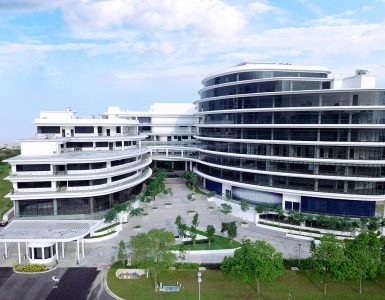
Malaysia is set to experience a partial solar eclipse on April 20, in conjunction with the hybrid solar eclipse phenomenon that occurs north of the Australian continent.
The Ministry of Science, Technology and Innovation (MOSTI) has stated that Malaysians in Sabah can view the phenomenon from 11 am to 2 pm, while those in the Peninsula can view it from 11 am to 1 pm. The eclipse will reach maximum coverage of one per cent to 15 per cent in Peninsular Malaysia, while in Kuching, Sarawak, it will reach 30 per cent, and in Kota Kinabalu, Sabah, it will be 34 per cent.
Viewing programmes of the partial solar eclipse will be held at the Kuala Lumpur National Planetarium and in Tawau, with eclipse glasses distributed for free at both locations to enable the public to view the phenomenon safely. Several telescopes with special filters will also be provided to enable visitors to view the partial solar eclipse more clearly and safely, in addition to capturing the image by using either a smartphone or Digital Single Lens Reflex (DSLR) camera combined with observation facilities provided.

MOSTI has also reminded the public not to look at the sun directly without the use of special filters as it could damage the retina of the eye, resulting in permanent blindness. Live streaming on the National Planetarium’s Facebook and YouTube channels is also provided, with the images to be shared being the eclipse phenomenon in Malaysia or images taken from other locations around the world that also experience a hybrid or partial solar eclipse.
“The visibility of the partial solar eclipse also depends on weather conditions in certain locations when the phenomenon occurs on April 20. If a location experiences thick cloud formation or rain or is cloudy, then it won’t be possible to view the partial eclipse from that site,” MOSTI added. The partial solar eclipse is a rare phenomenon, with the last one occurring on June 21, 2020, and it will only happen again on Aug 2, 2027.
MOSTI has also advised Muslims who are fasting not to stay too long under the sun as it could cause dehydration. According to the National Fatwa Council, fasting Muslims who experience dehydration and other related illnesses due to observing the month-long fasting period during the Covid-19 pandemic can break their fast and complete it at a later date.

Malaysia is not the only country that will experience the partial solar eclipse on April 20, as it will also be visible in other countries such as the Philippines, Guam, Palau and Indonesia. “The eclipse will be seen from the eastern half of the Asian continent, across the Pacific Ocean to Hawaii, Mexico and southern United States,” according to NASA.
The hybrid solar eclipse phenomenon occurs when the apparent size of the moon is smaller than the apparent size of the sun. This results in a thin ring of the sun’s disk visible around the moon’s silhouette, making it look like a ring of fire. This phenomenon is rare and can only be observed in certain parts of the world.
As Malaysians prepare to witness the rare event, MOSTI has reminded the public to observe the eclipse safely and to avoid looking at the sun directly without special filters.
A solar eclipse is a natural phenomenon that occurs when the moon passes between the sun and the earth, blocking some or all of the sun’s light from reaching the earth. It is one of the most dramatic and beautiful astronomical events, with people all over the world gathering to witness it.











